“It seems so easy or obvious to communicate a plan, but it’s amazing the reaction we get from families who see an estate document for the first time and can’t understand why the creator did it a certain way,” says Says Katie Kranz, Vice President of the Trust Department at First State Bank and Trust.
Kranz’ background is in the legal world, but now her role focuses more on the “boots on the ground” work of settling an estate and administering a trust, often navigating the family dynamics that come with that. “One thing to remember is that your family might look really different while you’re here versus when you’re not,” she says. “Everyone gets along, traditions exist, etc. But emotional responses, or loss experiences, are expressed differently, which can cause division in families.”
This is why she urges families not only to communicate that a plan exists–even if the details are left out–but also share some of the heart and goals behind the plan. This issue was at the heart of the webinar we hosted earlier this week, bringing panelists with different expertise together to share what they’ve seen, what works, and how and when to share the details of your legacy plan. It’s a topic that’s near and dear to our hearts at Apex. We spend a lot of time helping clients create plans that celebrate their values, care for their loved ones, and also support charitable causes…and we want that information to get into the right hands at the right time.
During our webinar, estate planning attorney Cory Wessman agreed with Kranz, adding he’s often surprised by the lack of “nuts and bolts” information shared between key estate parties, even spouses. He says that every situation is different, and it may not always be appropriate or prudent to share the specifics of a plan. But what’s important is that each plan creator makes a list of those who will be impacted by a plan–whether as beneficiaries or acting in key estate-related roles–and decide what each one should know. That’s an individual choice!
“I think more disclosure is often better when it comes to key individuals and family members that are trusted. And it’s about more than just the finances,” Wessman says.
Grief therapist Brittany Squillace of Best Self Therapy cautioned families to consider how grief may complicate conversations about legacy or estate planning, and that grief manifests differently in each person, and at different stages. Squillace explained that she spends a lot of time helping clients through “meaning-making,” answering questions like “why me?” and “why now?” and helping them build intentional connections with loved ones so that when loss happens, they have strong memories and tangible reminders to cling to.
Whether coming at legacy planning from a legal, financial, or psychological angle, the most important thing is to communicate that there IS an estate plan. Sharing the basics with loved ones–from heirs/beneficiaries to those you’ve named as guardians or estate representatives–can align expectations with reality and open the door for meaningful conversations down the road.
Though there’s a lot to think about when it comes to communicating a plan thoughtfully, some key principles apply to most situations. We put together a high-level, downloadable guide, and we hope it’s helpful to you:
